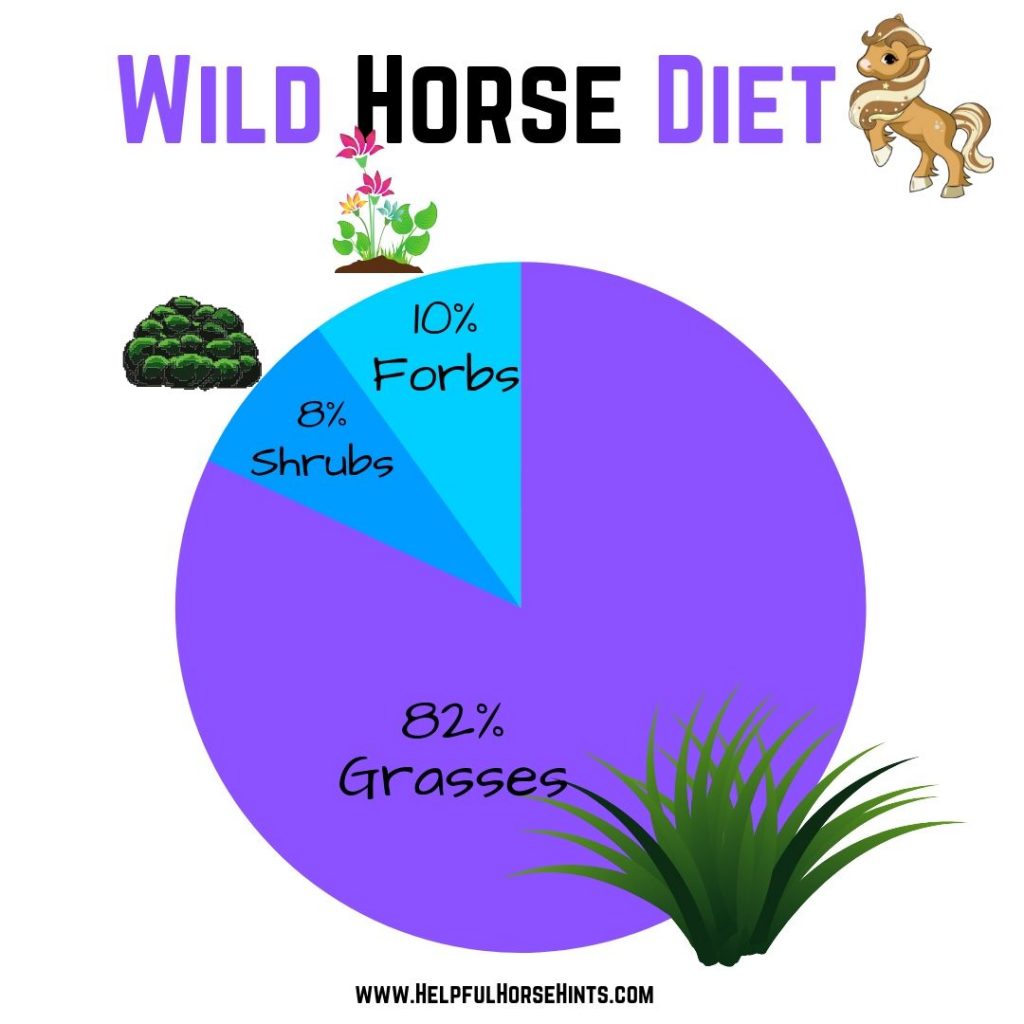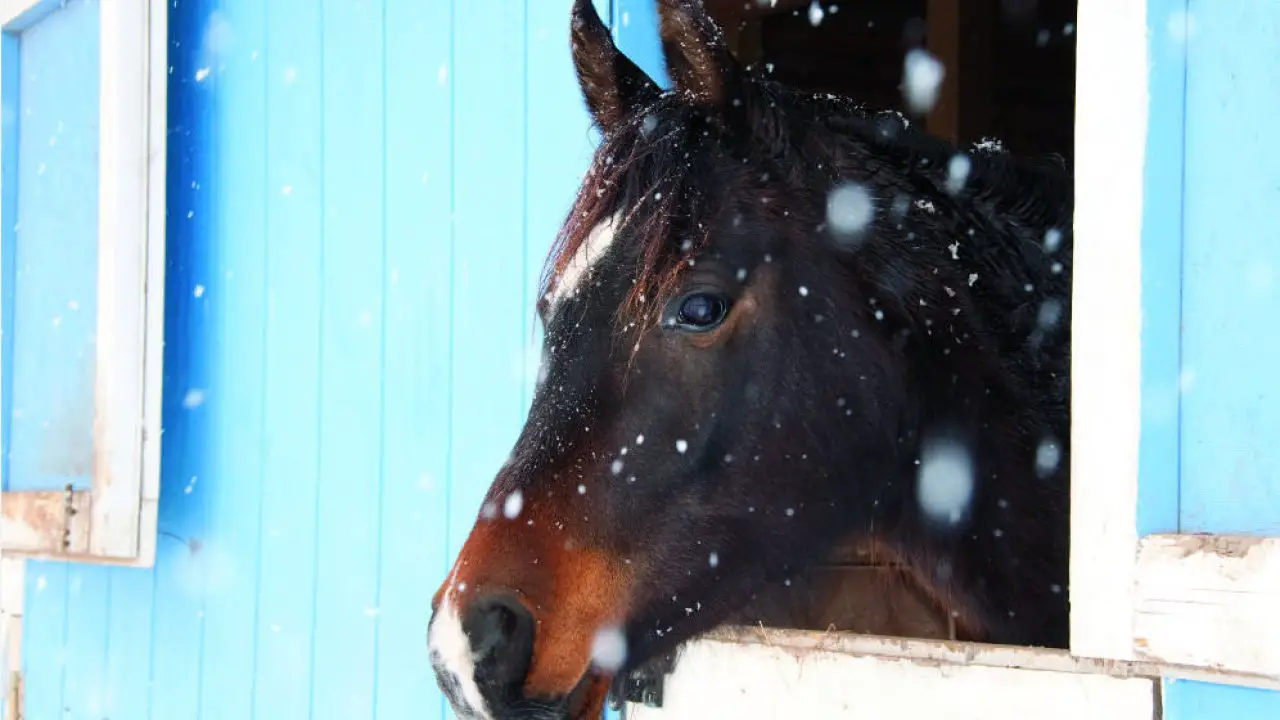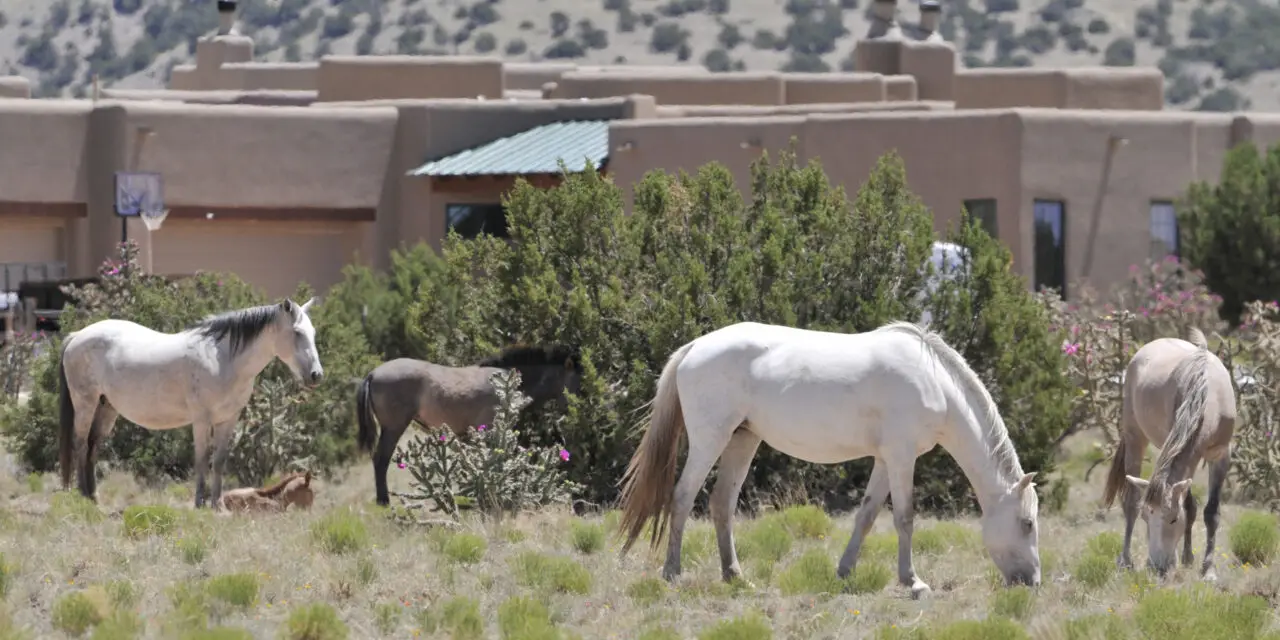Wild horses are fascinating creatures that roam free in various regions of the world. These majestic animals have adapted to survive in diverse environments, including harsh winter conditions. One of the key factors in their survival is their diet, which consists of a variety of natural forage. Understanding what wild horses eat in the winter is essential for their well-being and can also provide valuable insights into their behavior and ecological impact.
Winter Challenges for Wild Horses

Winter presents numerous challenges for wild horses, including limited food sources, harsh weather conditions, and reduced mobility due to snow and ice. In many regions, the availability of fresh, nutrient-rich forage becomes scarce during the winter months, leading wild horses to rely on alternative food sources to meet their nutritional needs. Understanding how these animals adapt their diets to survive in the winter can shed light on their resilience and ability to thrive in challenging environments.
Natural Forage

Wild horses primarily rely on natural forage as their main source of nutrition throughout the year. During the winter, their diet mainly consists of dried grasses, shrubs, and woody vegetation that can withstand the cold temperatures. While the nutritional value of winter forage may be lower compared to that of spring and summer, wild horses are adept at finding and consuming available plant materials to sustain themselves during the colder months.
Grasses and Hay
One of the primary components of a wild horse’s winter diet is grass. While fresh green grass may not be readily available in winter, wild horses can still find dried grasses in snow-free areas or areas with minimal snow cover. They are known to paw through the snow to access the dried grass underneath. Additionally, some wild horse populations may have access to supplemental hay provided by conservation organizations or through natural forage management programs to ensure they have sufficient food during the winter months.
Shrubs and Woody Plants
In addition to grass, wild horses consume a variety of shrubs and woody plants to supplement their winter diet. These plants provide essential nutrients and fiber, helping wild horses maintain their overall health and vitality during the colder months. While the availability of shrubs and woody plants may vary depending on the specific region and habitat, wild horses have the ability to adapt their foraging behavior to make the most of the resources available to them.
Water Sources

In addition to forage, access to water is crucial for wild horses, especially during the winter. While wild horses can consume snow as a water source, they still require access to unfrozen water for optimal hydration. In some areas, natural springs, streams, or man-made water sources are vital for ensuring wild horses have access to clean, unfrozen water throughout the winter months.
Behavioral Adaptations
Wild horses exhibit various behavioral adaptations to cope with the challenges of winter. They may migrate to lower elevations or areas with milder climates to find more abundant forage and access to water. Additionally, wild horses may form social groups or herds to enhance their chances of finding food and shelter during the winter months. Their strong herding instincts and collaborative foraging behaviors enable them to navigate the winter landscape more effectively.
Energy Conservation
During the winter, wild horses also conserve energy by reducing unnecessary movement and seeking shelter from harsh weather conditions. By minimizing energy expenditure, wild horses can allocate more resources to foraging and maintaining their body condition. Their ability to adapt their behavior to conserve energy while still meeting their nutritional needs is a testament to their resilience in challenging environments.
Human Impact and Conservation Efforts

Human activities and development in wild horse habitats can have a significant impact on their access to natural forage during the winter months. Encroachment on their natural habitats, competition for resources with livestock, and habitat degradation can all negatively affect the availability and quality of forage for wild horses. Conservation organizations and wildlife management agencies play a crucial role in implementing strategies to protect wild horse habitats and ensure the availability of suitable forage throughout the year.
Forage Management
Forage management programs and initiatives aim to enhance the availability of natural forage for wild horses in their natural habitats. These efforts may include habitat restoration, reseeding of native grasses, and targeted grazing management to optimize forage resources for wild horse populations. By promoting the health and productivity of natural forage, these initiatives support the nutritional needs of wild horses, particularly during the winter when forage availability may be limited.
Supplemental Feeding
In some regions, conservation organizations may provide supplemental feeding for wild horses during the winter months to ensure they have access to adequate nutrition. This can involve strategically placing hay or feed in designated areas to support wild horse populations that may face challenges in finding sufficient forage due to environmental factors or human disturbances. Supplemental feeding can help mitigate the impact of seasonal forage scarcity and support the overall well-being of wild horses.
Curious about what wild horses eat in the winter? Explore our articles on what wild horses eat, feeding horses in winter, and how horses stay warm in winter to gain a deeper understanding of these magnificent creatures and their winter survival strategies!
Conclusion

The winter diet of wild horses is a testament to their adaptability and resilience in challenging environments. By relying on natural forage, including dried grasses, shrubs, and woody vegetation, wild horses demonstrate their ability to thrive even when faced with limited food sources during the winter months. Understanding their dietary adaptations and behavioral strategies for coping with winter conditions is essential for conservation efforts and ensuring the long-term sustainability of wild horse populations. By protecting their natural habitats and promoting the availability of suitable forage, we can support the well-being of wild horses and preserve these iconic symbols of freedom in the wild.



